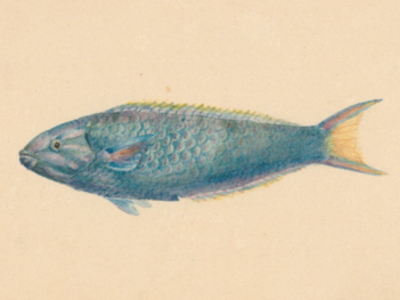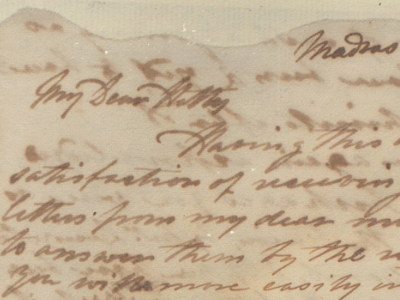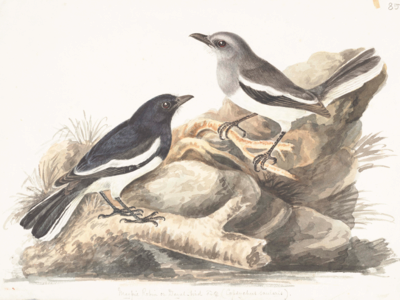The Sisters and the Company
The Sisters in Madras
In late March 1801, Elizabeth Gwillim and her husband Henry Gwillim, a newly appointed Supreme Court justice, sailed from England on the East India Company ship Hindostan. Four months later they arrived in Madras (now Chennai) in southern India, the home of the East India Company.
Elizabeth Gwillim was 38 and her husband 41. Elizabeth’s unmarried younger sister Mary Symonds, who was 28 or 29, joined them, as many young Englishwomen of the time did, in search of a husband among the eligible bachelors serving the ‘Company’ in India.
Elizabeth and her youngest sister Mary were born in Hereford, a city in England near the border with Wales. They grew up in a middle-class family with a strong interest in the arts. Their father Thomas Symonds was an architect, builder and sculptor, who worked on the renovation of country houses and was for many years surveyor for Hereford Cathedral. Their mother Esther Symonds continued to operate the architecture and building business after her husband’s death in 1791, with some assistance from Elizabeth and Mary's sister Hester (1768-1828).
In 1784, Elizabeth Symonds married Henry Gwillim, a young lawyer from a prominent Hereford family (his father was an alderman and his brother an apothecary). Their children died in infancy and in letters from India, she describes herself and her husband as childless.
Henry had a successful legal career and became Chief Justice of Ely in 1797, then was appointed Puisne or junior judge in the Supreme Court of Madras in 1801.
The Gwillims shared interests in natural history and the arts. Her husband's support would have been crucial to Elizabeth's ability to pursue her scholarly and artistic interests.
Unlike her sister Mary, Elizabeth Gwillim was not physically strong, and she died at the farmhouse they rented at Pammal near Madras in December 1807.
After a dispute with the Chief Justice on the conduct of the court, Sir Henry was removed from his position in November 1807 and recalled to England. Mary Symonds and her brother-in-law left for England in October 1808, arriving back in May 1809. On the voyage home, Mary met her future husband, the ship's captain, John Ramsden.

The East India Company
The East India Company was founded in London in 1600 by a group of merchants, for the purposes of trading into India. It established its first 'factory' or trading centre in India in 1611. The Company was a joint stock company that imported Indian products like spices, cotton, silk, sugar and luxury goods, to make a profit for its shareholders in London. It established a fort and trading centre at Madras in 1639.
Profits from the spice trade were extremely high and the Company competed fiercely with the Dutch East India Company and with the French. In the late 17th century, the English Crown granted the corporation the right to acquire territory, mint its own money, command troops and forts, to make war and peace, and to govern the acquired territories.
The Company's world-wide business empire was run from London by a small group of men in close association with the British state and supported by British naval power. The Company was always an armed company - it used military force to collect taxes and protect its revenues and monopoly rights (whose proceeds it spent on the military).
Through a combination of alliances with the princely states of India and outright annexation of territories and kingdoms by military force, by the time of the Gwillims' arrival, the Company ruled over most of India.
The climate of the later 18th century led to a series of scarcities and famines that affected South India, including Madras and surrounding areas. The Company’s practices of revenue collection intensified the agrarian stress and the effects of famine.
The first large-scale and violent revolt against the East India Company by Indian sepoys (Indian soldiers serving under the British), took place in the South Indian city of Vellore in 1806, during which mutineers seized the Vellore Fort and killed or wounded 200 British troops. The revolt predated the Indian Rebellion of 1857, which ended the rule of the Company in India, by half a century.
You can read the sisters' account of the revolt in the transcription of the Letters on the Gwillim Project website (see here for more details).




